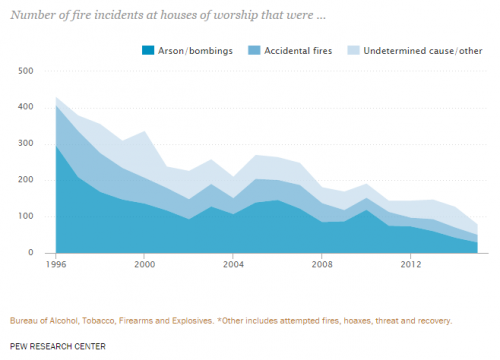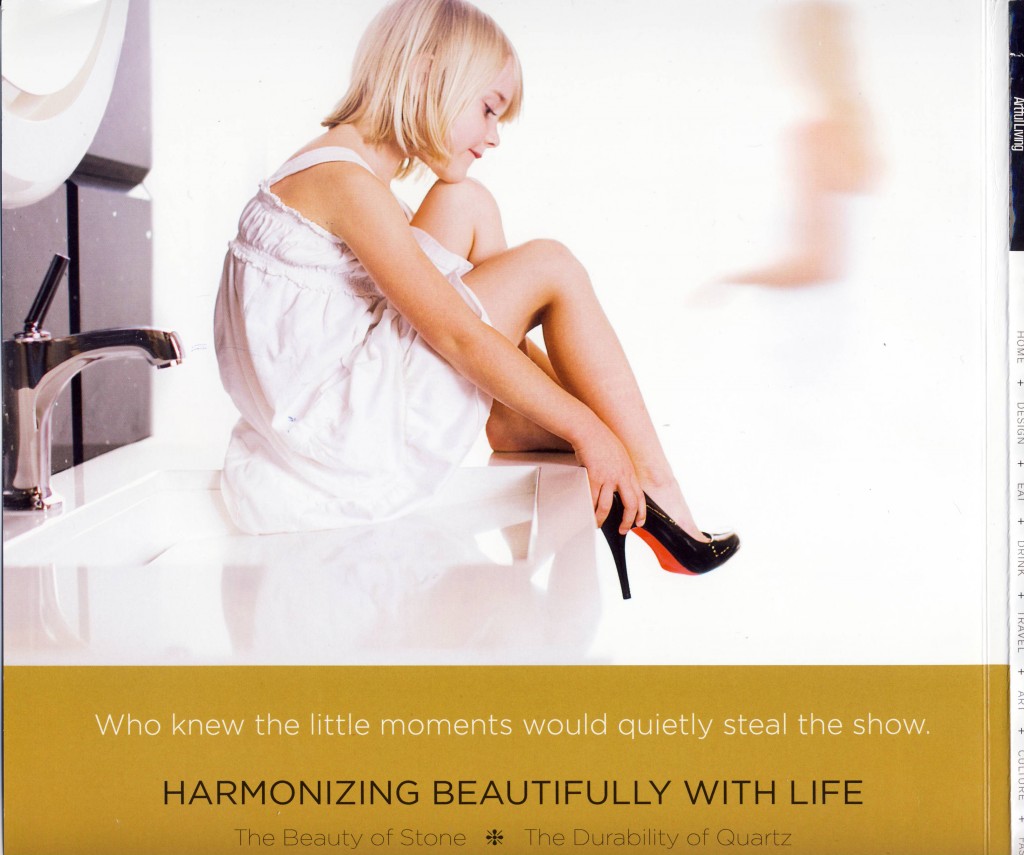Flashback Friday.
In the contemporary U.S., individuals choose who to marry based on personal preference, but there is a specific script by which those choices become a wedding day. Not everyone follows the script, but everyone knows it: the man decides to ask the woman to marry him, he buys a ring, he arranges a “special” event, he proposes, and she agrees. Many of us grow up dreaming of a day like this.
But this isn’t the only possible way to decide to marry. A reverse script might involve female choice. We can imagine a world in which, instead of hoping to be chosen, women decide to propose and men can only marry if they get asked. Another alternative script might involve no proposal at all, one in which two people discuss marriage and come to a decision together without the pop question and uncertain answer.
Of course, many couples essentially decide to marry through months or years of discussion, but these couples frequently act out the script anyway because, well, it’s so romantic and wonderful.
Or is it?
Andre M. sent in a clip of John Preator, a finalist on a previous season of American Idol. In the clip, he proposes to his girlfriend Erica on Main Street at a Disneyland Resort. The clip exaggerates the patriarchal underpinnings of both marriage and the marriage proposal. It may or may not be real, but it doesn’t really matter for our purposes.
Here it is:
First, Andre says, the spectacle is a shining testament to our commitment to the idea of marriage as an ideal state. Everyone loves marriage! As Andre writes:
A whole rainbow of characters come out of the shadows to push her towards yes, from the smiling Asian janitor, to the African American guy knighted by our hero and his plastic phallus, to the disabled woman who wishes to trade her fate with the bride-to-be.
We are supposed to think: “How wonderful! How sweet! How perfect!” What is made invisible is the fact that, in addition to a potential site of wedded bliss, marriage is the site of the reproduction of patriarchal privilege (especially through women’s disproportionate responsibility for housework and childcare) and heterosexist (still excluding same sex couples). But the audience knows that they are supposed to feel elated for the couple and privileged to witness their special moment (whether they feel these things or not).
Second, the public nature of the proposal put a lot of pressure on her to say “yes.” The audience is asked to participate in urging her to agree to marry him (“come on folks, how about a little encouragement?!”). And the performers, as well as the performance itself, create conditions that look a lot like coercion. Could she have said “no” if she wanted to? As if breaking his heart wouldn’t have been deterrent enough, saying “no” would have disappointed the onlookers and ruined the performance. He put so much work into scripting the proposal and it was very clear what her line was. How many women, with less pressure, have nonetheless felt it difficult or impossible to say “no”?
Okay, so let’s assume that Erica did want to marry John and that they will live happily ever after. And let’s also assume that most marriage proposals in the U.S. do not come with this degree of pressure. The clip is still a nice reminder of (1) just how taken-for-granted marriage is as an ideal state (can you imagine her saying, “I love you more than life itself and I want to be with you forever, but marriage, no thanks!”) and (2) the way that the proposal script puts men in the position of getting to choose and women in the position of having to agree or go off script.
Originally posted in 2010.
Lisa Wade, PhD is an Associate Professor at Tulane University. She is the author of American Hookup, a book about college sexual culture; a textbook about gender; and a forthcoming introductory text: Terrible Magnificent Sociology. You can follow her on Twitter and Instagram.




